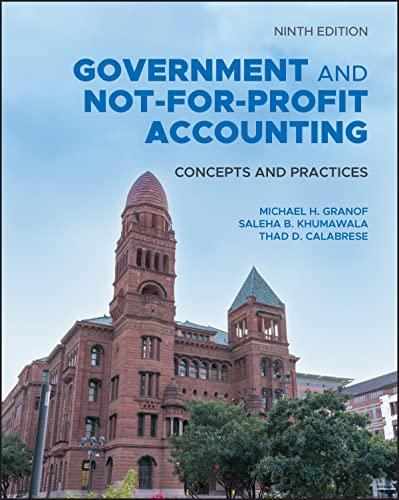Ivanhoe Company uses the percentage of sales approach to record bad debt expense for its monthly financial statements and the percentage of receivables approach for its year-end financial statements. Ivanhoe Company has an October 31 fiscal year end, closes temporary accounts annually, and uses a perpetual inventory system. Ivanhoe Company has no stated return policy. On August 31, 2021, after completing its month-end adjustments, it had accounts receivable of $59.600, a credit balance of $2,400 in Allowance for Doubtful Accounts, and bad debt expense of $7.900. In September and October, the following occurred: September 1. 2. Sold $45,000 of merchandise on account the cost of the merchandise was $20,250. A total of $700 of the merchandise sold on account was returned. The customers were issued credit memos. The cost of the merchandise was $300 and it was returned to inventory. Collected $47.400 cash on account from customers. Interest charges of $600 were charged to outstanding accounts receivable. As part of the month-end adjusting entries, recorded bad debt expense of 2% of credit sales for the month. 3. 4. 5. October 1. Credit sales in the month were $51,100; the cost of the merchandise was $23,000. 2. Received $280 cash from a customer whose account had been written off in July. tad in transaction ? ahove. from customers on account. N Question 12 of 15 -/1 1. Credit sales in the month were $51.100, the cost of the merchandise was $23.000 Received $280 cash from a customer whose account had been written off in July 3. Collected $46,800 cash, in addition to the cash collected in transaction 2. above, from customers on account Wrote off $6,000 of accounts receivable as uncollectible. 5. Interest charges of $600 were charged to outstanding accounts receivable. 6. Recorded the year-end adjustment for bad debts. Uncollectible accounts were estimated to be 4% of accounts receivable. 4. For each of these transactions, indicate if the transaction has increased or decreased Cash, Accounts Receivable, Allowance for Doubtful Accounts, Inventory. Total Assets, and Owner's Equity, and by how much Use the following format, in which the first one has been done for you as an example. (For the item which indicate decreased, place a negative sign (or parentheses) in front of the amount entered for e.3. - 1,525 or (1,525) and for the item which indicate No Effect enter as amounts. Round answers to 0 decimal places, e.g. 5,275.) Accounts Receivable Allowance for Doubtful Accounts Ine Transaction Cash Sept. 0 0 $45,000 1. $ $ $ 2. $ $ 3. $ $ UI 120i 15











